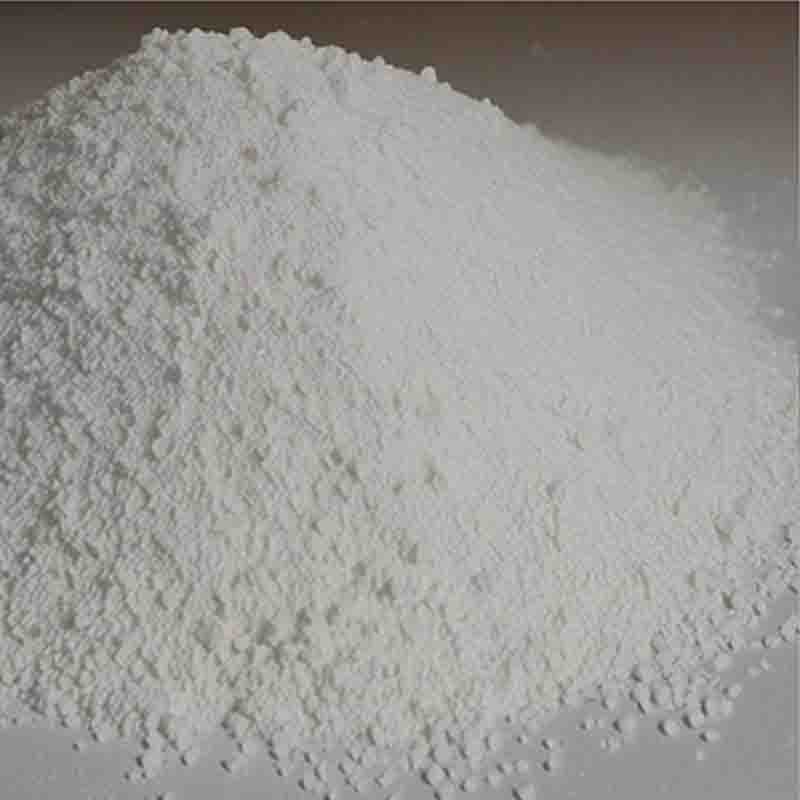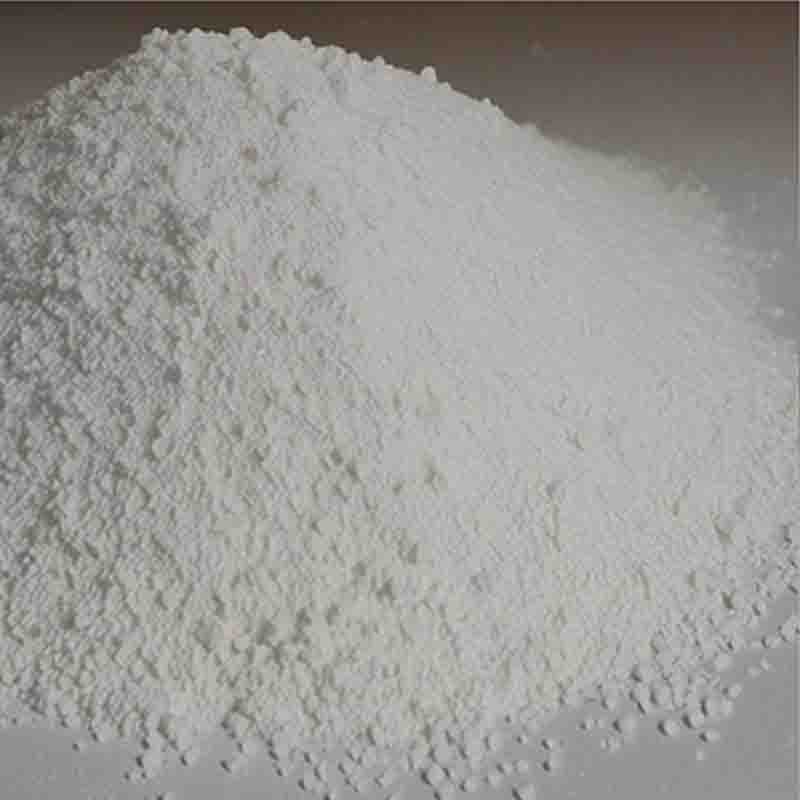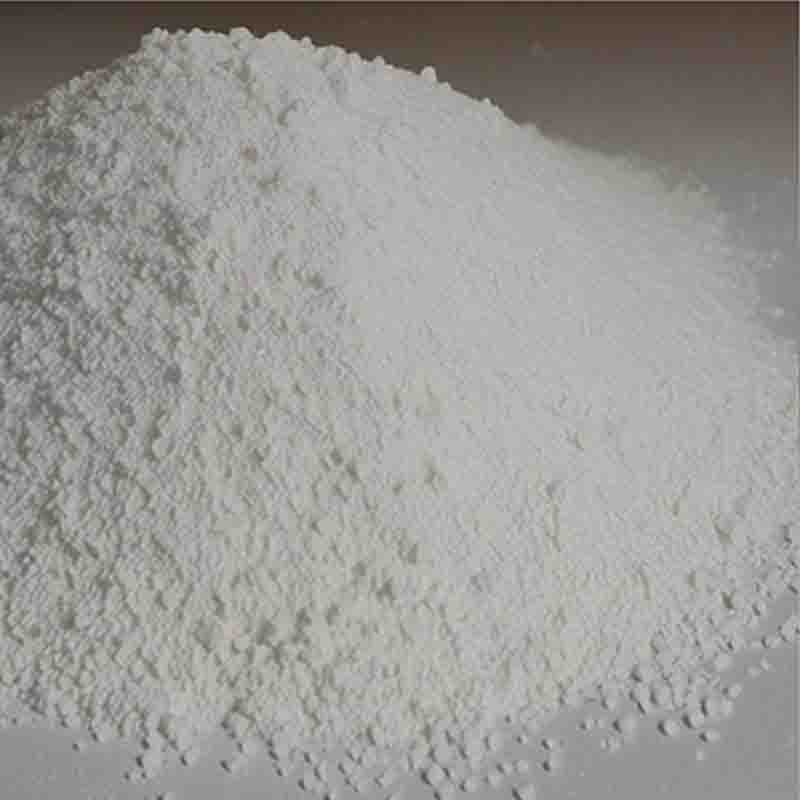5-Chloro-2-(methylamino)benzophenone CAS: 1022-13-5
| Catalog Number | XD95329 |
| Product Name | 5-Chloro-2-(methylamino)benzophenone |
| CAS | 1022-13-5 |
| Molecular Formula | C14H12ClNO |
| Molecular Weight | 245.7 |
| Storage Details | Ambient |
Product Specification
| Appearance | White powder |
| Assay | 99% min |
5-Chloro-2-(methylamino)benzophenone, also known as Clorpheniramine, is a chemical compound with various applications in different industries. Its unique properties and characteristics make it valuable in several areas.
In the field of pharmaceuticals, 5-Chloro-2-(methylamino)benzophenone is widely used as an antihistamine drug. It is commonly used to treat allergic conditions such as hay fever, allergic rhinitis, and hives. It works by blocking the effects of histamine, a substance produced by the body during an allergic reaction. Clorpheniramine helps alleviate symptoms like sneezing, itching, runny nose, and watery eyes.
Furthermore, 5-Chloro-2-(methylamino)benzophenone is also used in the field of veterinary medicine. It is used to treat allergies and allergic reactions in animals, particularly in dogs and cats. Clorpheniramine helps relieve symptoms such as itching, skin rashes, and respiratory distress caused by allergies.
In addition to its pharmaceutical applications, 5-Chloro-2-(methylamino)benzophenone is also used in the field of analytical chemistry as a reference standard or reagent in various analytical techniques. It is used in spectrophotometry, chromatography, and other analytical methods for calibration, validation, or quantification of analytes in complex mixtures.
Moreover, 5-Chloro-2-(methylamino)benzophenone has applications in the field of research and development. It is used as a building block or intermediate in the synthesis of other organic compounds. Researchers and scientists utilize Clorpheniramine in the development of new drugs, chemicals, and materials.
In conclusion, 5-Chloro-2-(methylamino)benzophenone, or Clorpheniramine, has diverse applications in pharmaceuticals, veterinary medicine, analytical chemistry, and research. Its antihistamine properties make it effective in treating allergic conditions in humans and animals. Additionally, it serves as a valuable tool in analytical techniques and as a building block in organic synthesis. Continued exploration and utilization of this compound contribute to advancements in various industries.








![6,11-Dihydrodibenzo[b,e]oxepin-11-one CAS:4504-87-4](https://cdn.globalso.com/xdbiochems/白色粉末1964.jpg)
